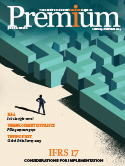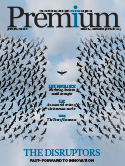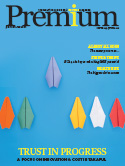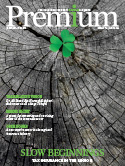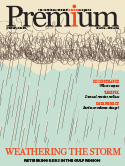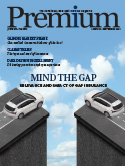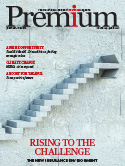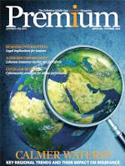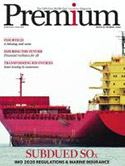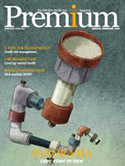‘Hurricane Matthew to test collateral mechanisms’
The impact of hurricane Matthew and the insurance and reinsurance industry losses the hurricane caused when it struck the Florida and Southeast US coastline could “test the functioning of various collateral mechanisms,” according to John Doucette, president and CEO – Reinsurance at Everest Re.
Hurricane Matthew hit the Florida, Georgia, South and North Carolina coastline recently, after ravaging through the Caribbean. Currently insurance and reinsurance industry loss estimates suggest an impact in the mid to high single-digit billions of dollars, but even at this level there is the potential for the structures of fully-collateralised reinsurance products to be tested.
Bermuda-headquartered reinsurer Everest Re reported its results and gave some clarity on where it sees the loss sitting and the impact to itself, suggesting that a USD3 billion to USD9 billion industry loss range could hit the reinsurer for between USD75 million to USD200 million of losses.
But Everest Re has its own fully-collateralised reinsurance vehicle, the Mt. Logan Re sidecar style special purpose insurer, which deploys third-party investor capital alongside Everest’s own balance sheet.
Speaking during the firms third-quarter 2016 earnings call, Doucette said that hurricane Matthew may provide a test for the insurance-linked securities (ILS) and collateralized reinsurance market.
“Although Matthew will not be a game-changing loss for most collateralised or traditional players, it may test the functioning of various collateral mechanisms,” he commented.
“As a buyer of both traditional and collateralised reinsurance, we are familiar with the complications and potential headaches of collateralised [arrangements],” Doucette continued. “These complications compound with uncertainty around the ultimate outcome of a large event such as Matthew, given new cedents and untested claims management processes.”








